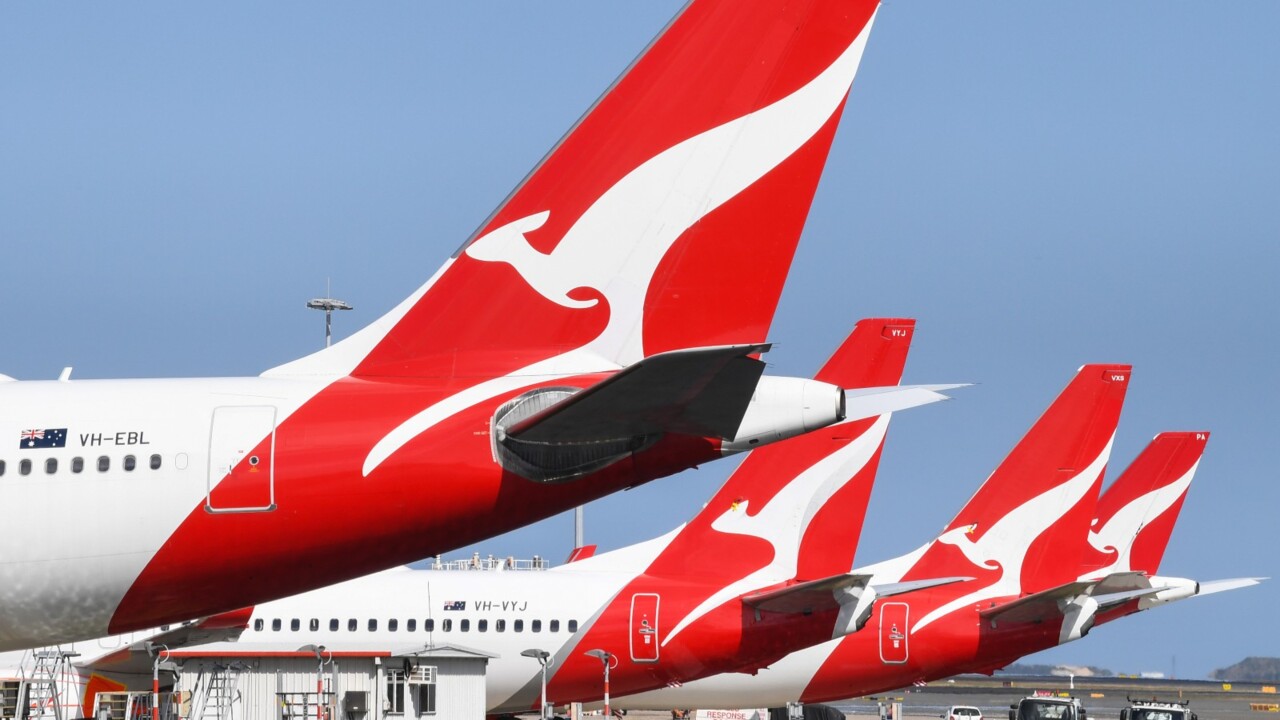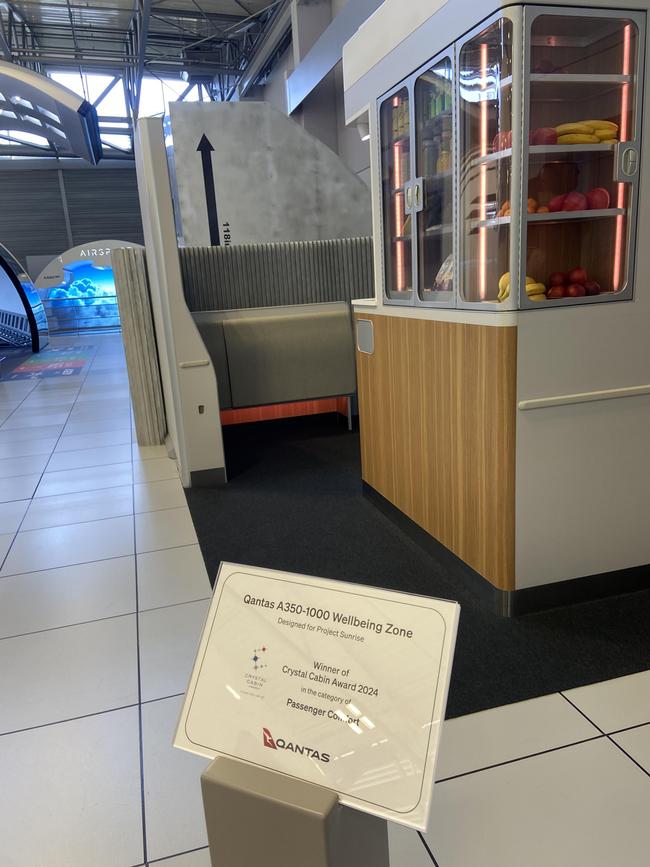Qantas eyes new non-stop destinations to boost market share
The airline is on a mission to increase its 17 per cent market share without reducing fares, with the addition of more long-haul point-to-point flights.

Qantas International chief Cam Wallace is on a mission to increase the airline’s 17 per cent market share without reducing fares, with the addition of more long-haul point-to-point flights.
Among the places undergoing “deep analysis” for possible new services are Greece, Las Vegas, Seattle and Chicago, as Qantas seeks to expand its footprint using new and existing aircraft.
Mr Wallace said there was a clear appetite for travelling non-stop, even over greater distances.
He pointed out that five of Qantas’s current city pairs were 15 hour-plus services, including Auckland to New York, Perth-London, Perth-Rome and Melbourne-Dallas, as well as new Perth-Paris flights.
Termed “Project-lite” by Mr Wallace, in reference to planned Project Sunrise flights between Australia’s east coast and New York or London, he said the services demonstrated customers’ willingness to pay a 20 per cent premium on fares across all cabins for the chance to travel non-stop.
“What we’re seeing is the business case for Project Sunrise playing out in real time,” Mr Wallace said. “We do think it’s going to be really compelling and we’re really looking forward to broadening the network.”
He confessed that he did not always think so and even belittled the proposed 20-hour-plus Project Sunrise flights in his previous role as Air New Zealand’s chief of revenue.
Mr Wallace said moments after Qantas posted about its plans to fly non-stop from Sydney to London and New York in 2017, he was approached by staff asking what it was all about.
“I told them it was a stunt and it would never come to fruition, and then I went and said the same thing to the board with extreme confidence,” he laughed.
Seven years later he is the one steering the planning for the flights, which promise to connect Australia with virtually any city in the world.
Visiting the Airbus factory in Toulouse to check on the progress of plans for custom-made A350-1000s this week, Mr Wallace said the collaboration with the European manufacturer had convinced him the world-first flights were possible.
“We want to be the ultra-long-range point to point leader. “That’s what we want to be known for, and being first to market has given us momentum and brand impact,” he said.

The design of the A350s – just 238 seats in a four-cabin layout, with a wellbeing zone for economy passengers to stretch their legs and a third fuel tank – will remain exclusive to Qantas for several years, to ensure no other airline can replicate their feats.
Airbus senior vice-president of marketing Joost van Heijden said the “unique capability” of the Qantas aircraft presented a world of opportunities.
The award-winning wellbeing zone was of particular interest, with room for at least six passengers at a time to follow guided stretching on TV screens, or grab a healthy snack.
Designer David Caon said the space, positioned between premium economy and economy, had been engineered with movement in mind, and included handles to grip for gentle exercise.
Mr Wallace said it had been fantastic to develop “something new and different” and Qantas was looking forward to “broadening its network, growing as a business and offering more opportunities for Australians to travel on a non-stop basis”. “This is going to transform air travel from Australia in terms of connecting cities,” Mr Wallace said.
Not even higher fares were likely to put off travellers, who saw great value in not having to stop midway through their journey, Mr Wallace said.
A 20 per cent premium is already charged on other extended flights such as Perth-London and Melbourne-Dallas, with customers paying up without hesitation.
“I think the long-haul market has evolved and changed and people are wanting experiences, they’re wanting point to point, and they are willing to pay,” he said. Typically it was the economy cabin that filled up first on those flights, followed by the premium cabins, he said.
To achieve the even longer distances of Project Sunrise flights, Airbus designed its A350-1000 with a 20,000 litre third fuel tank built into the belly of the aircraft.
The innovation was recently certified by the European Aviation Safety Agency, after Airbus proved it would not burst into flames even in the unlikely event of a belly landing.
Narrow body A321XLRs will also have a third fuel tank, to allow them to fly further with 220 passengers on board.
Qantas will take delivery of its first A321XLR in 2025, and A350-1000s from 2026.
The reporter travelled to Toulouse as a guest of Qantas and Airbus.






To join the conversation, please log in. Don't have an account? Register
Join the conversation, you are commenting as Logout